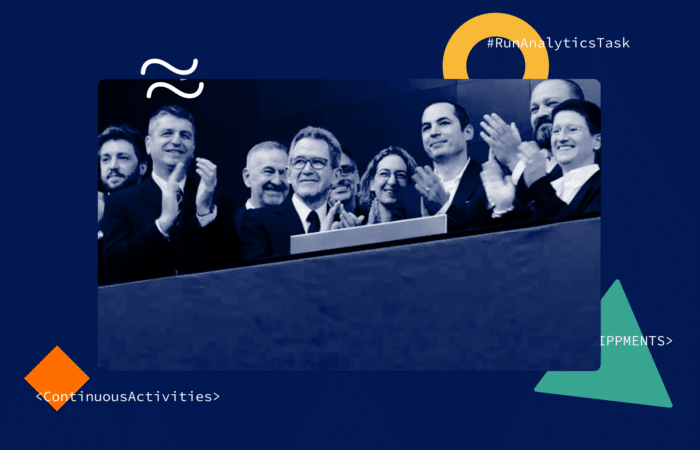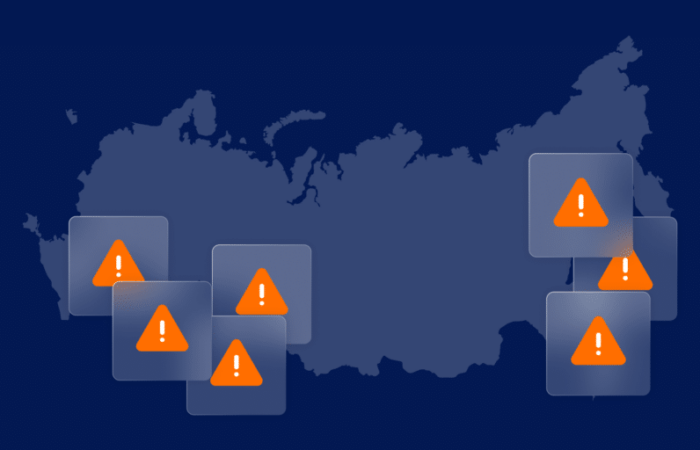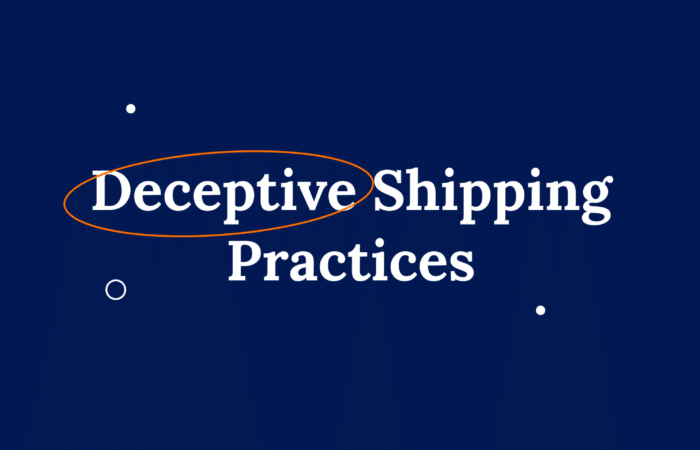What’s inside?
The oil spills that we are familiar with today and that have caught global attention were primarily due to major accidents involving refineries, pipelines, and storage facilities. But smaller-scale spills that occur as a result of ship-to-ship transfers are often overlooked. These events can have an equally significant impact on the entire marine ecosystem. In honor of World Ocean Day, we’ll walk through a real-life example of how vessel risk factors can uncover potential environmental risks and what stakeholders can do to act before the damage is done.
The sanction-environment connection
On February 17th 2021, Israel faced one of the biggest ecological disasters in the country’s history. 1,200 tons of tar spilled onto large parts of the Mediterranean coastline, and the impact was devastating. Over 90% of Israel’s beaches suffered some form of damage. In response, the Israeli government rolled out a $13 million budget in cleanup efforts. In the following weeks, the Ministry of Environmental Protection leveraged Windward’s platform to run an extensive investigation to not only determine the vessel involved but inform stakeholders of the notable risk factors that could have contributed to the event.
Context is critical here. For example, in 2018, 79.4% of the world’s crude oil reserves rested with OPEC members, which most notably include the sanctioned regimes of Venezuela and Iran. So crude oil tankers must be understood in relation to the potential parties involved. When crude oil vessels, potentially from sanctioned countries, then try to avoid detection, the environmental threat becomes greater. Why? Bad actors disregard environmental practices with the same ease they disregard compliance. As a result, vessels that engage in dark activity and other deceptive shipping practices increase the likelihood of collateral damage. This is why it’s key that organizations and governments don’t simply view vessel behavior and characteristics as standalone events, but in how they can increase exposure to damaging events.
To minimize the fallout, organizations need to rely on an adaptable system that can provide critical insights to red-flag vessels and be one step ahead of bad actors. So how was Windward able to identify the problematic vessel and pick up on the warning signs?
Connecting the dots
The responsible vessel was identified as ‘the Emerald’, a 19-year old crude oil tanker. This information alone is an important starting point. The risk level associated with old ships, especially those handling crude oil, which often come from sanctioned countries, is significant. The Emerald also partook in numerous deceptive practices, which revealed its likely association with sanctioned trade. But, it’s important to remember that machine learning models don’t just identify deceptive practices – they relate them to events across the entire maritime ecosystem. That way, our models can correctly identify the risk level behind seemingly disparate events. What’s the impact? Take the example of the automatic identification system (AIS). 40% of global tankers will have AIS time gaps every month. To scalably monitor risk, transmission data can’t be analyzed on its own – we need to zoom in and analyze other behavior. Ownership and vessel characteristics are an important part of building a risk profile and corroborating other deceptive practices. For example, despite the Emerald being an old ship, it was bought in December 2020, one month before the voyage, by a one-ship company in the Marshall Islands. The ship was likely purchased specifically for the journey. This irregular ownership set the stage for the ensuing behaviors of the Emerald at sea.
In early January, the Emerald turned off its automatic tracking devices off the coast of Iran. This is a standard deceptive practice and is used to circumvent trade sanctions. After it ‘went dark’, the Emerald reappeared on January 8, indicating it had reached maximum cargo capacity. This confirmed that the Emerald took place in a ship-to-ship transfer, most likely of Iranian oil, while concealing its location. The Emerald then headed to the Red Sea. Shortly afterward, on February 1st, the vessel’s signal was turned off again. It appeared only after 23 hours, 230 miles north from where it was last recorded – indicating it had traveled through Israel’s Exclusive Economic Zone (EEZ). By drilling down further, we saw that this was the first time in eight years that this vessel had entered the Eastern Mediterranean Sea. Lastly, after passing through the EEZ, the Emerald conducted an additional ship-to-ship transfer with another high-risk vessel, the LOTUS-9203784. This occurred off the coast of northeast Cyprus, and was most likely a transfer of crude oil into the Banias port of Syria.
Considering the vessel’s deliberate actions to conceal its location and activities, the nature of the oil spill fits into a larger pattern of high-risk characteristics. While it doesn’t answer the exact cause of the spill, it does show how deceptive practices have a downstream impact on environmental threats.
The power of prediction
In today’s ever-changing maritime environment, monitoring and screening processes that cannot detect risk in real-time, are simply not enough. Oil spills result in immediate and long-term environmental damage that can last for decades. Stakeholders need to act quickly to thwart potential risks, while accounting for a wide range of maritime events. Going forward, solutions like Windward can help governments scalably manage and monitor each vessel entering their EEZ so that important risk factors aren’t overlooked.
From 2010 to 2020, 164,000 tons of oil were spilled into our oceans. While not all of these incidents were avoidable, organizations and governments need visibility into how seemingly unrelated events across the maritime ecosystem can speak volumes to future risk exposure. With a dynamic and comprehensive solution, maritime professionals can find patterns in the unpredictable and take actionable steps to protect our oceans.
















